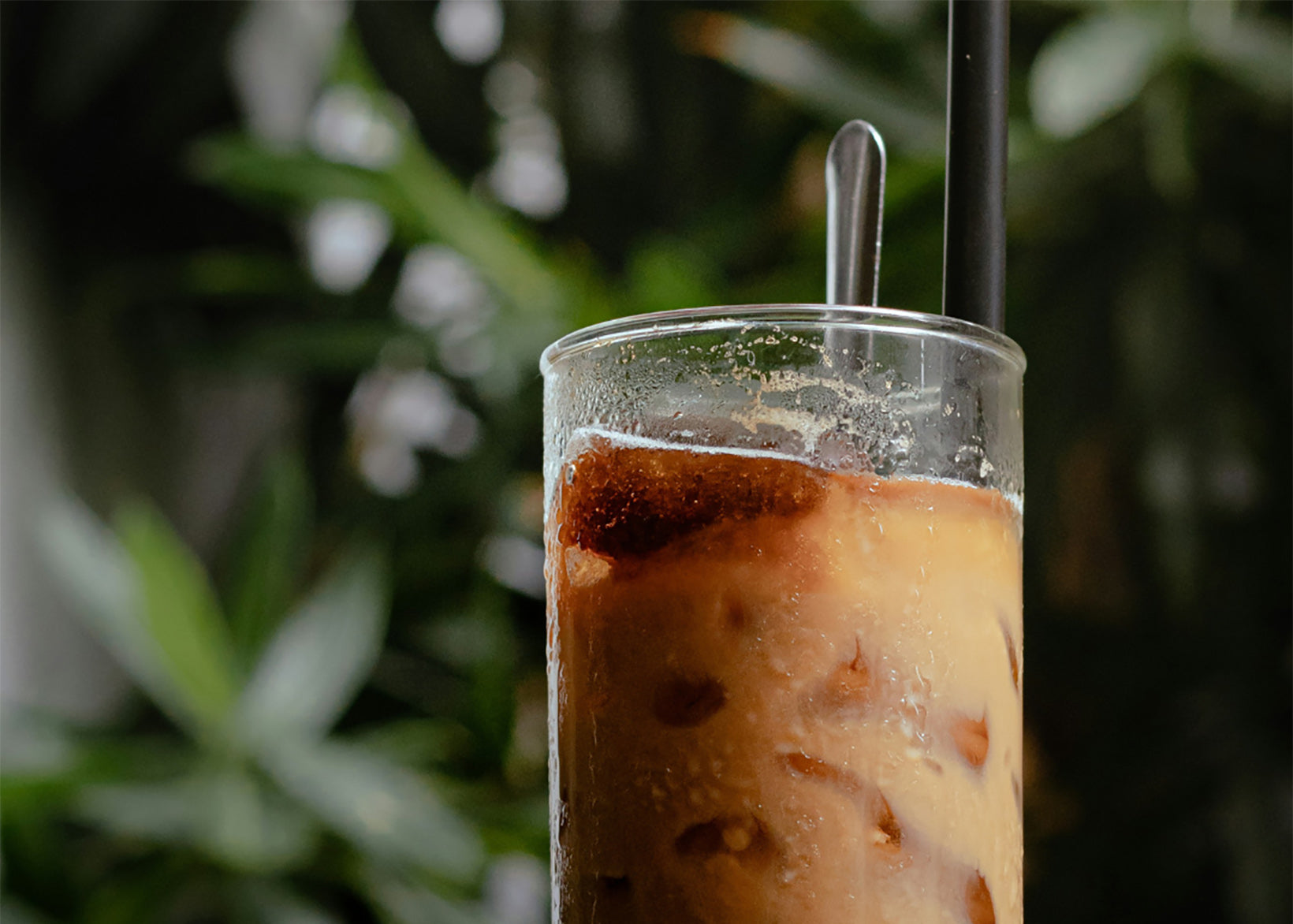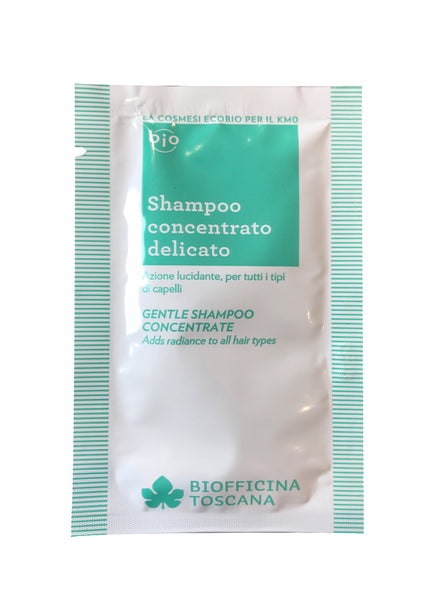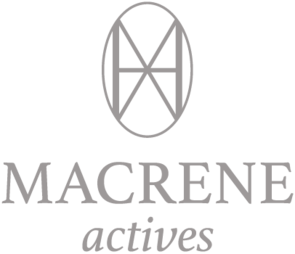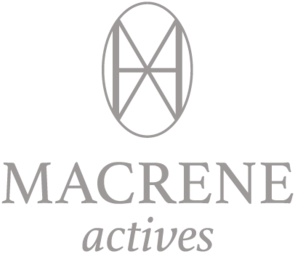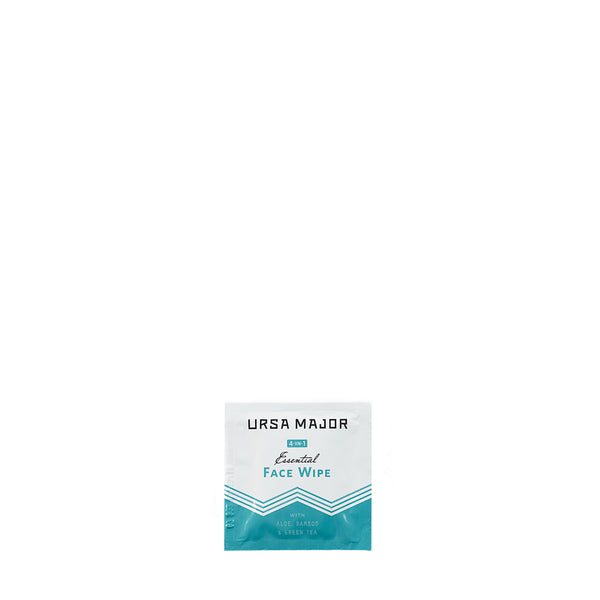Recent Articles
with Marie-Véronique Nadeau, chemist and creator of Marie Veronique skincare
Marie Veronique is one of the most influential brands in indie beauty these days, and most of you who shop with us come in (either online or in person) already knowing about this marvelous line of products.
But what many of you may not know is that Marie’s first product was a sunscreen — one of the first non-nano, zinc-only sunscreens on the market, which she first sold through a pharmacy in Berkeley, CA. Clearly, sunscreen is very close to Marie’s heart, and we simply couldn’t cover the topic of sun protection without bringing her distinctive voice to the table.

Dara: We often get questions about the percentage of zinc to look for in a sunscreen. In your opinion, does it matter, and is there a certain percentage you should look for in a sunscreen formula in order to get adequate sun protection?
MARIE-VERONIQUE NADEAU: Percentage concentration relates to SPF, but it’s not an absolute. Especially over the past few years where improvements have been made to zinc oxide, making it possible to use less and still get good SPF protection.
SPF, aka “sun protection factor,” actually stands for the percentage of UV rays filtered by the sunscreen; an SPF of 15 filters out 93.3% of rays while an SPF 30 filters 96.6% of UV rays. As we can see, SPF filtering capacity goes up incrementally even though the concentration of sunscreen agent might have doubled. This means that the number to look for to assess whether you will be getting adequate UVB protection (the UVB range is 290 to 320 nm on the UV spectrum) is the SPF number rather than percentage concentration.
While SPF 30 is more or less the standard, people with sensitive skin who tend to react to some agent in the sunscreen (generally a chemical) should be aware that you’ll get the same protection from applying an SPF 15 twice in the course of your exposure as you’ll get from applying an SPF 30 once, and your skin is less likely to react to agents present in lower concentrations found in lower SPF products. In other words, it’s better to apply an SPF 15 every hour than an SPF 30 every two hours.
Also look on the label for the words “broad spectrum protection,” but if you are using a zinc oxide-only formula, good UVA protection (UVA range is 320 to 400 nm on the UV spectrum) is a given. Zinc oxide works better in the UVA range because it blocks UV rays rather than absorbing them.
Always keep in mind that sunscreen is a drug — so make sure you are buying one with the Drug Facts label as required by the FDA. (Ahem, you might notice many “clean” sunscreens are missing this.)
Dara: Are there any ingredients you tend to pair with zinc to make it work harder in a formula?
MARIE: In order to get more comprehensive sun protection, we suggest pairing your sunscreen with a good antioxidant serum containing Vitamin C. (I recommend our excellent Vitamins C+E+Ferulic Serum.) This will scavenge the free radicals that manage to get through the sunscreen’s filtration system — though some are going to make it past the filter even with an SPF 50! This is why dermatologists recommend using topical antioxidants in addition to your sunscreen. They actually make zinc oxide’s job easier.
Dara: Non-nano zinc can be an awkward ingredient to formulate with. What are some of the ways you work with it to create a better texture in your Everyday Coverage SPF 30 sunscreen?
MARIE: We use strategically chosen ingredients and formulation methods which help boost UVB protection while lowering the concentration of zinc oxide needed to achieve a good SPF. Zinc oxide technology has come a loooong way since the bad old days of everyone running around with a white nose (while the rest of their skin burned because they didn’t want to apply a thick paste all over, and who could blame them?).
There are quite a few non-nano (where particle size averages about 50-100 nm) zinc oxide-only sunscreens to choose from that give adequate protection that are also nearly or completely transparent. The scientists started working on cracking the opacity problem when the FDA finally conceded that chemical sunscreen agents like avobenzone, oxybenzone, octocrylene, and ecamsule were absorbed through the skin into the body.
The other shoe that’s about to drop is potential contamination with carcinogens like benzene that may one day officially come to be acknowledged as a problem with chemical sunscreens, especially those containing oxybenzone. We’ve been saying for many years that the only safe sunscreen agent is zinc oxide. It can be coated or uncoated; these days most zinc oxide is coated to achieve better dispersal throughout the emulsion.
Dara: We’d love your take on the SPF testing process. Does SPF testing vary much by lab?
MARIE: The standard SPF test is in vivo and involves a panel of 10 volunteer subjects of varying skin types (from very fair to medium as measured on the Fitzpatrick scale). Clinicians apply the sunscreen and expose the area to sunlamps of varying degrees of intensity. The duration of time that it takes for the skin to burn measured against the unprotected patch determines the level of sun protection afforded by the sunscreen.
For example, if you burn after 10 minutes in the sun with no sunscreen, and you burn after 20 minutes with an SPF 2 rated sunscreen, you calculate the SPF thusly: 10 minutes x SPF 2 = 20 minutes. That is, applying a sunscreen with an SPF of 2 doubles the amount of time you can spend in the sun without burning. The trial subjects take the tests and their reaction times are noted. The final SPF number is based on a compilation of the reaction/burn times of each individual, which is then calculated to get an overall average. This is the methodology approved by the FDA, and it is done the same way in every FDA certified lab. Your sunscreen must be tested by a certified lab before you are allowed to put an SPF number on your label.
Remember, the SPF test applies only to UVB protection. We usually use a critical wavelength test to ascertain levels of UVA protection, and a critical wavelength of 370 nm or higher allows you to use the words “broad spectrum protection” on your label.
Dara: How much product is applied during testing? Do you think that’s a realistic amount to expect everyone to wear on a daily basis?
MARIE: The FDA testing guidelines for clinical trials are 2 mgs per cm squared, and there’s a rule of thumb you can use to make sure you meet that guideline: 2-3 finger lengths approximates the amount needed to cover the face and neck, given that the length of your finger is more or less proportional in size to the surface area of your face.
Though the amount of sunscreen recommended for adequate protection is 1.3 oz, most people probably use only half that. My feeling is that as long as you are not burning, you are fine. The FDA errs on the side of caution because they must include the outliers in the population, that is, those relatively few folks who will burn no matter what. If you are very susceptible to burning then of course use the full 1.3 oz, but most of us can get away with one-two finger lengths for the face and neck. Also wear hats and shirts to protect vulnerable areas like shoulders and necks.
Dara: What makes sunscreen so damned hard to make?
MARIE: Love this question. Frankly, what makes it hard is the blasted customers who expect the moon and think they know what they’re talking about when they parrot the ad claims of some company like L’Oreal — “Oh I never burn with my sunscreen and it has an SPF of 79 and a UVA rating, and I’ve heard only ecamsule gives you UVA protection, and it goes on clear plus it’s very hydrating”…blah blah blah. Then you ask them what’s in it and they say some combination of oxybenzone, or avobenzone plus octocrylene, and all you can do is sigh and say “Great, keep using that one.”
So, your question implies you want to be educated about sunscreen, whereas most people really don’t want to know all the details; understandably I suppose since it is quite complicated. Basically, it’s easy to make sunscreen with a high SPF if you don’t mind using chemicals. But the chemicals can cause atopic dermatitis, plus there is possible contamination with an attendant carcinogen risk to consider. Even the FDA acknowledges we are absorbing these chemicals and we don’t know, as yet, where they are going or what they do when they get there. This is also true with titanium dioxide, which is absorbed by the body but does not break down like zinc oxide, whose ions can be used by the body and are also excreted — we don’t know where titanium dioxide ends up. One study suggests it makes holes in zebrafish brains, so there’s more food for thought.
When you consider we are telling people to use sunscreen every day, rain or shine, that amounts to a helluva a lot of cumulative exposure with potential risks we aren’t good at identifying, let alone measuring. Plus protective capacities are all over the place; chemical sunscreen can generate more free radicals if you don’t keep re-applying it, with chemicals like avobenzone breaking down after as little as 30 minutes of UV exposure.
Little known factoid, the origin of the ‘apply every two hours’ rule stems from the fact that chemical sunscreens start to break down in that space of time. So you can get sun damage by trying to prevent sun damage — more sometimes than if you just didn’t wear sunscreen at all. The companies want you to think it’s because it wears off, but noooo, au contraire, it’s because at a certain point it goes from preventing free radical damage to increasing free radical damage.
So, if you ARE wearing a chemical sunscreen (perhaps because you are resistant to change?), it is very important to follow the every two hour application rule, especially if it has avobenzone or ecamsule in it. Zinc oxide sunblock you only need to apply once as it doesn’t break down the same way; the chemistry is very different. Titanium dioxide also generates free radicals so you don’t really want to use that. Plus, zebrafish. And let’s not forget that oxybenzone, found in most sunscreens, kills coral reefs.
Once again we’re left with our unsung hero, zinc oxide. It’s safe, it doesn’t kill coral reefs — assuming there are any left to kill — but people don’t like to wear it because it shows: recalcitrant people again being the fly in the zinc oxide ointment. So, at our company we’ve made a transparent zinc oxide-only sunscreen with an SPF 30 (launching later this year), because we really want people to wear sunscreen, and be safe while doing so.
What’s hard about making sunscreen? Actually, solving scientific challenges is the best part of my job — sunscreen technology has made huge advances over the past few years which have enabled us to come up with the next generation of safe and effective sunscreens. Probably the most difficult part of my job is convincing people to make the switch from chemicals to zinc oxide only. It’s a bit like going from analog to digital, once you get used to it you realize the advantages, but there is a learning curve.
Dara: Do you think we need to wear sunscreen indoors all day when we're not by a window but we’re working at a computer?
MARIE: Oh in theory, yeah, but here I am not wearing sunscreen while I write these answers. I am only human. (Pause while I go to the bathroom). Okay, I am back and yes, you should really wear sunscreen when you are inside, especially when you are working in front of the screen. We don’t know a whole lot about long term damage from rays in the visible light spectrum in the blue light range. My feeling is it’s negligible but nevertheless — you’re getting UVA from windows if you’re getting any daylight at all and zinc oxide is your best blocker for that. Or you can wear makeup with iron oxides in it — that also provides good protection against blue light.
Another great thing about zinc oxide-only sunscreen is that it’s anti-inflammatory, which means it can help eliminate redness if that’s one of your concerns.
Dara: Some dermatologists say that applying a sunscreen on top of an oil decreases its efficacy. Can you speak to the way sunscreen works together with your face oils to avoid this?
MARIE: I suppose the reasoning is that oil dilutes the concentration of the sunscreen agent, thus reducing efficacy? We are talking about a negligible amount of dilution — especially when you compare that with the value of adding oils to the top layers of skin of the type your skin produces naturally to provide protection from UV exposure and moisture loss.
In addition to ensuring your skin does not dry out from too much heat exposure attendant upon sun exposure, you can use oil blends like Protective Day Oil or Dara’s Oil, both of which contain a range of epidermal oils which increase sun protection naturally.
Good sun protection requires a comprehensive system consisting of naturally protective, beta-carotene rich oils to maintain barrier integrity and ensure against moisture loss, an anti-oxidant serum containing our good friend Vitamin C (once again, I recommend our excellent Vitamins C+E+Ferulic Serum), and, of course, a great sunblock with zinc oxide as the active agent.
If you haven’t tried zinc oxide sunscreen in a few years, give it another shot. Actually, just wait a tiny bit longer and give our Color Free Daily SPF a shot. It’s the best, and it’s launching soon!
**
Isn't Marie great? Shop the collection of Marie’s products — they're best sellers for a reason. And learn more from Marie in these interviews on our blog:
Marie Veronique on why you need Vitamin C
Marie Veronique on natural acne treatment
Different acids, enzymes, and retinol in skincare
Dry & dehydrated skin: how to treat it
Marie Veronique on mitochondria, cellular respiration, and skin health
Marie Veronique & Kristina Holey on skin conditions in perimenopause, menopause, and postmenopause
Kristina Holey & Marie Veronique on product layering
Kristina Holey & Marie Veronique on perioral dermatitis
Brand spotlight: Marie Veronique

